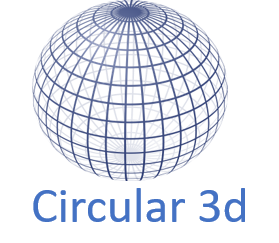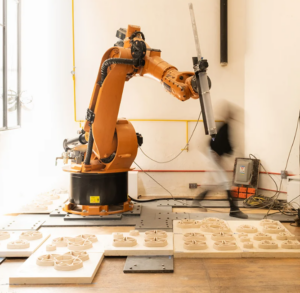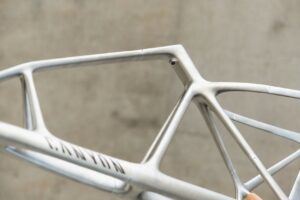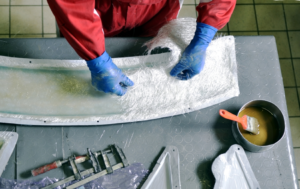Additive manufacturing (AM) has revolutionized the production landscape, enabling unprecedented levels of customization and complex design. However, with its rise, the focus on sustainability within AM has become essential. This article aims to comprehensively explore sustainability in 3D printing, addressing opportunities, challenges, and potential tools for measuring sustainability within the industry.
Opportunities for AM in Sustainability
AM naturally excels at promoting the “triple bottom line” of sustainability, which includes environmental, social, and economic factors. We’ll delve into how AM can be leveraged to optimize these diverse aspects of sustainability.
Environmental Sustainability
- Material Efficiency: One of the critical advantages of AM is its ability to minimize material waste. Unlike traditional manufacturing methods, AM builds objects layer by layer, using only the necessary amount of material. This precision in material placement reduces waste and contributes to cost savings. Companies like BMW have implemented AM to produce lightweight components, saving materials and enhancing fuel efficiency.
- Energy Consumption: Energy efficiency is a cornerstone of sustainability in AM. The technology’s ability to produce intricate geometries with less material contributes to energy savings. In the automotive and aerospace industries, where energy efficiency is a critical driver of innovation, AM enables the production of highly complex parts that enhance overall energy performance. GE Aviation’s LEAP engine, produced using AM, demonstrates a 15% reduction in fuel consumption.
- Recycling and Reuse: Innovations in recycling methods for AM materials can promote a more circular economy. Reusing materials is an integral part of making AM a more sustainable practice. Innovations like HP’s recycling program for 3D printing materials foster a circular economy, encouraging the recycling of polymer materials. Ford collaborated with HP to recycle 3D-printed waste into car parts. Additionally, companies like Continuum, a subsidiary of MolyWorks, are pioneering new recycling technologies that transform scrap metal into feedstock for 3D printing, further enhancing the sustainability of the AM process. (Read More)




